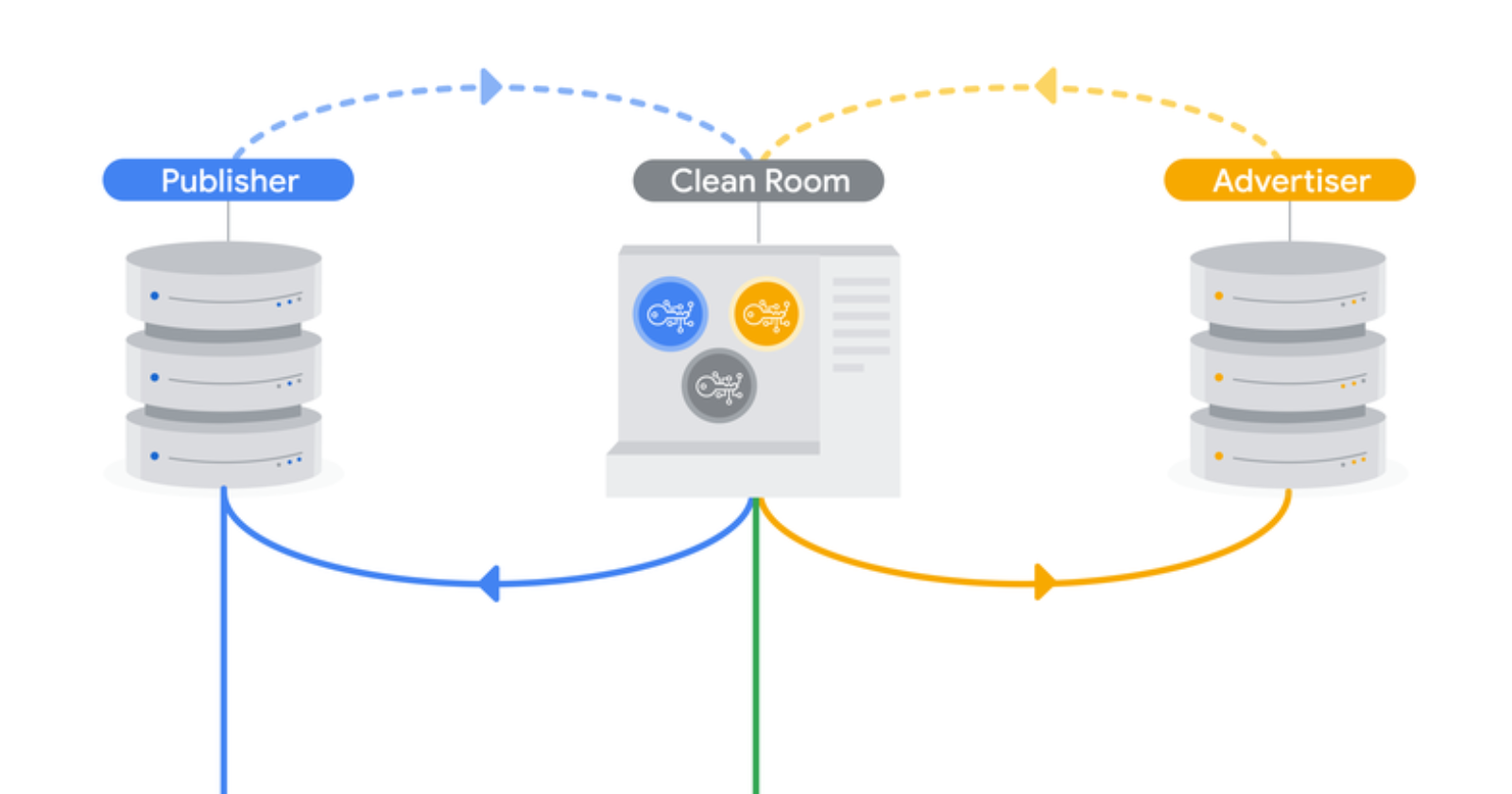Google is rolling out a way to utilize first-party data to deliver more personalized ads via Display & Video 360 without third-party cookies.
A new solution called Publisher Advertiser Identity Reconciliation, or PAIR, reconciles first-party data for audiences who have visited both an advertiser’s and a publisher’s site.
Previously, it wasn’t easy to use both data sets in a privacy-safe way, as it would involve publishers sharing user information directly with advertisers.
Now, advertisers and publishers will be able to activate encrypted first-party information that is unique to their sites via aggregation.
This process ensures no user-level data is ever shared between parties. Google says the information is only readable and meaningful in the limited context of their direct relationship.
In a blog post, Google states:
“PAIR gives advertisers the ability to more closely connect with their known audiences, while avoiding tracking individuals across the web. As a result, advertisers can show relevant ads to some of their highest-intent audiences, helping to increase advertising performance and hit marketing objectives, while respecting people’s privacy expectations.”
What Does PAIR Mean For Businesses?
For businesses, this update to Google Display & Video 360 means they can use data collected first-hand to target ads to relevant audiences across the web.
With PAIR, businesses can more effectively target ads to people who’ve shared information with them, such as past purchasers and people on an email list.
PAIR can also be used to serve ads to cart abandoners and prevent people from seeing ads for a product they’ve purchased already.
By introducing a secure and privacy-preserving way to combine first-party data from advertisers and publishers, Google aims to address concerns about using pooled data.
“Seventy-six percent of advertisers and agencies find the usage of IDs based on pooled data concerning from a regulatory standpoint.
That’s why PAIR is different: it doesn’t require pooling of audience data. Instead, each advertiser and publisher will maintain ownership and control of its data.”
PAIR helps ensure users are only shown ads from the advertisers and publishers with whom they have direct relationships.
Google says this practice can instill trust in your brand. You won’t be serving ads to people who haven’t interacted with you, which is seen as a less intrusive way to advertise.
How Do Advertisers & Publishers Connect Their Data?
Advertisers and publishers can use clean rooms to connect their data. Clean rooms ensure any data shared by advertisers and publishers stays secure, and only encrypted data gets shared with Google for reconciliation.
Google is partnering with three clean-room providers, Habu, InfoSum, and LiveRamp.
In addition to facilitating data connection, clean rooms help manage the upload and encryption process, which means advertisers and publishers don’t have to manage it on their own.
Brands and publishers with first-party data are advised to contact their Display & Video 360 representatives for more information about using PAIR.
Source: Google
Featured Image: Screenshot from blog.google/products/marketingplatform/360/engage-your-first-party-audience-in-display-video-360/, October 2022.
